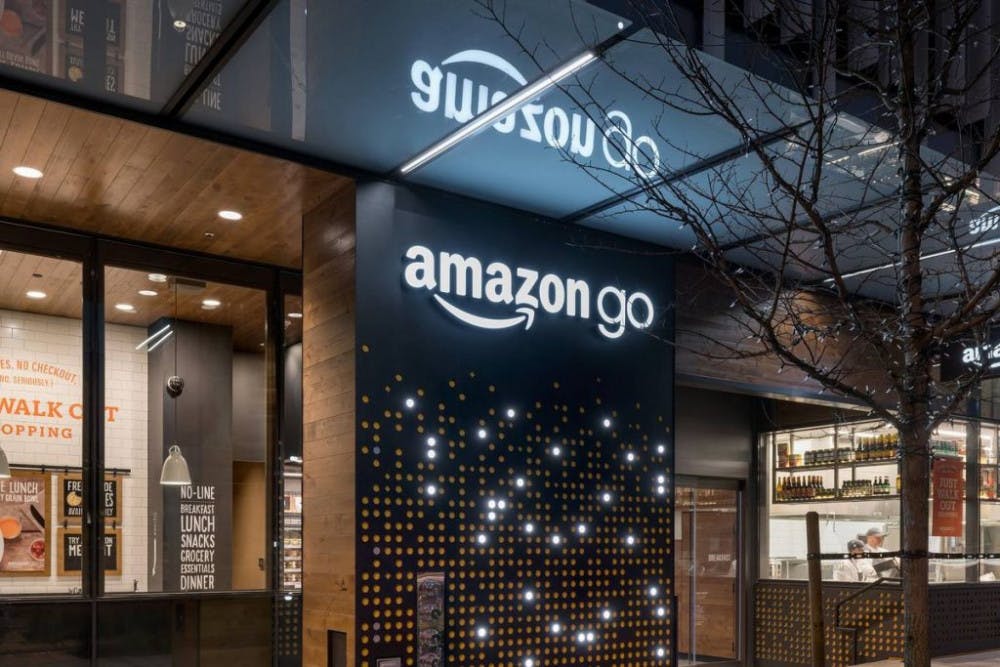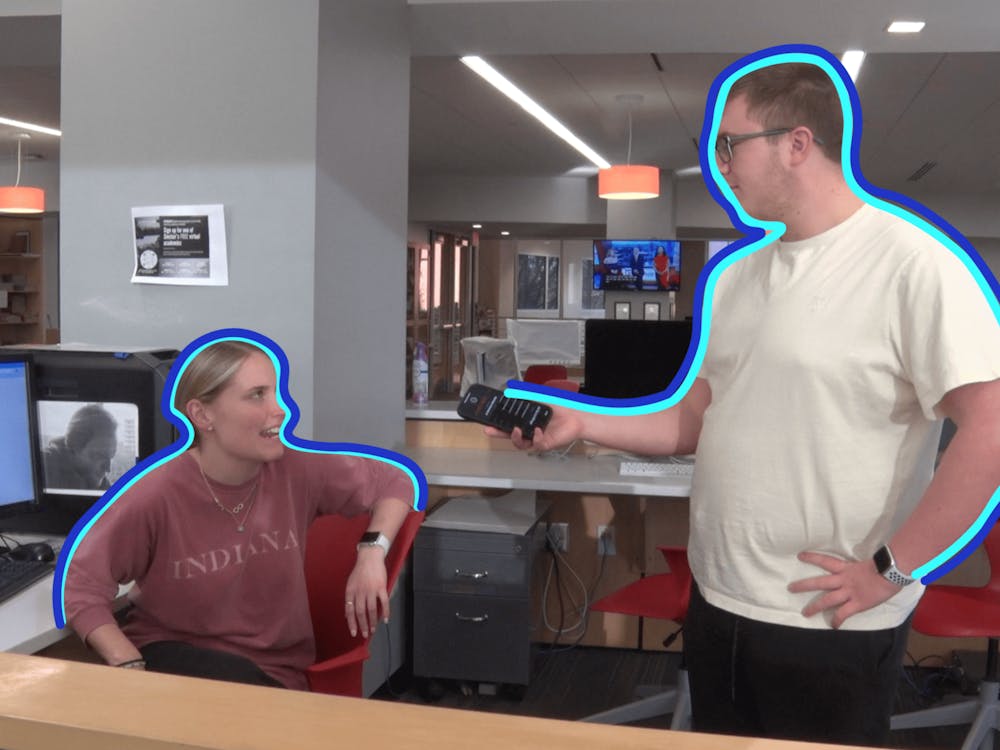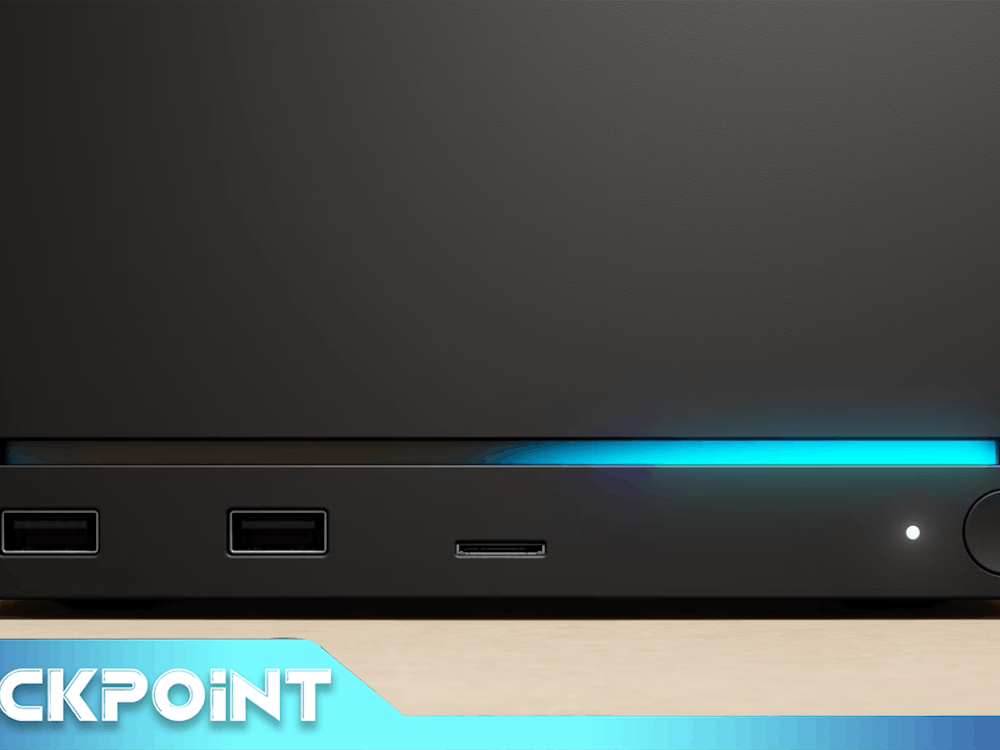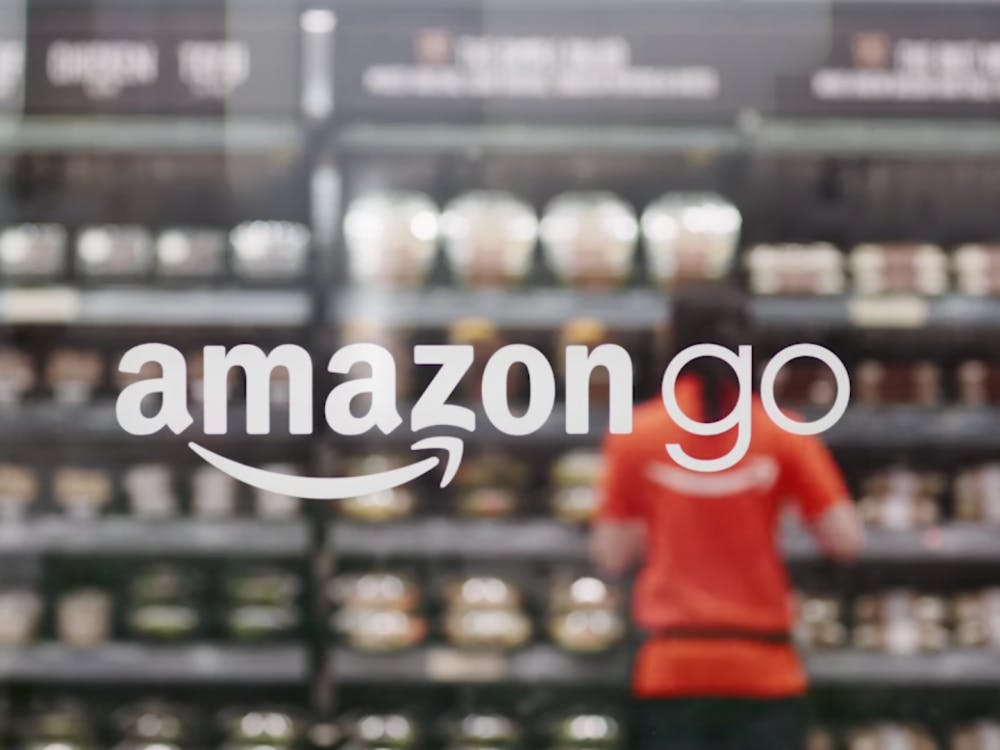By Joe Bursley
Back in my day, walking into a store, grabbing food, and walking straight out without paying at a cash register was considered “stealing.” However, in the modern world of 2018, this action will now be considered “technology-assisted consumerism,” or something else that Silicon Valley marketers come up with.
On Monday, January 22nd, Amazon officially opened their first physical store location in Seattle, named Amazon Go. This brick-and-mortar grocery store will do away with traditional cashiers and baggers, offering shoppers to instead take what they need to buy and leave, automatically being charged as they walk out of the store. The only requirement is that customers download the Amazon Go app and scan it at one of the turnstile-like kiosks as they enter the store. Smart devices throughout the store like cameras and sensors keep track of who is buying what, then all the items a customer purchases will automatically be charged to their Amazon account as they leave the store with groceries. This allows consumers to avoid waiting in long checkout lines and enables Amazon to compete in the one retail market they were lacking: food.
The technology is still in the testing phase, and often runs into difficulty accounting for human error, like most technology. Instances where hoards of people checkout at the same time, people putting back items in the wrong shelf space, and people generally just being problematic has hindered the store’s release, which was originally announced in December 2016 and planned to open early 2017. Now, a year later, the store has become a reality.
The Amazon Go marketplace is just the most prominent tale of Silicon Valley looking to redefine the traditional brick-and-mortar landscape. With companies like Amazon allowing consumers to shop for virtually everything without even leaving the bedroom, traditional store outlets such as Sears, Macy’s, and Best Buy have either needed to upgrade to the Internet or die trying. Hundreds of old-fashioned stores have been closing across the nation in the last few years, unable to keep up with the likes of Silicon Valley. Amazon, which started out selling books online in the 1990’s, now has their own bookstores to compete with Barnes & Noble and… well, I guess just Barnes & Noble. That, in addition to their buyout of Whole Foods last summer and the opening of the Amazon Go store, Amazon is quite literally giving old-fashioned stores a run for their money. With so many retail spaces being made available, it’s no wonder Silicon Valley has decided to sink its teeth into the physical marketplace even further.

Sources: The Washington Post, The New York Times, Forbes, LinkedIn, Twice, Byte Images: Business Insider, The Verge



















